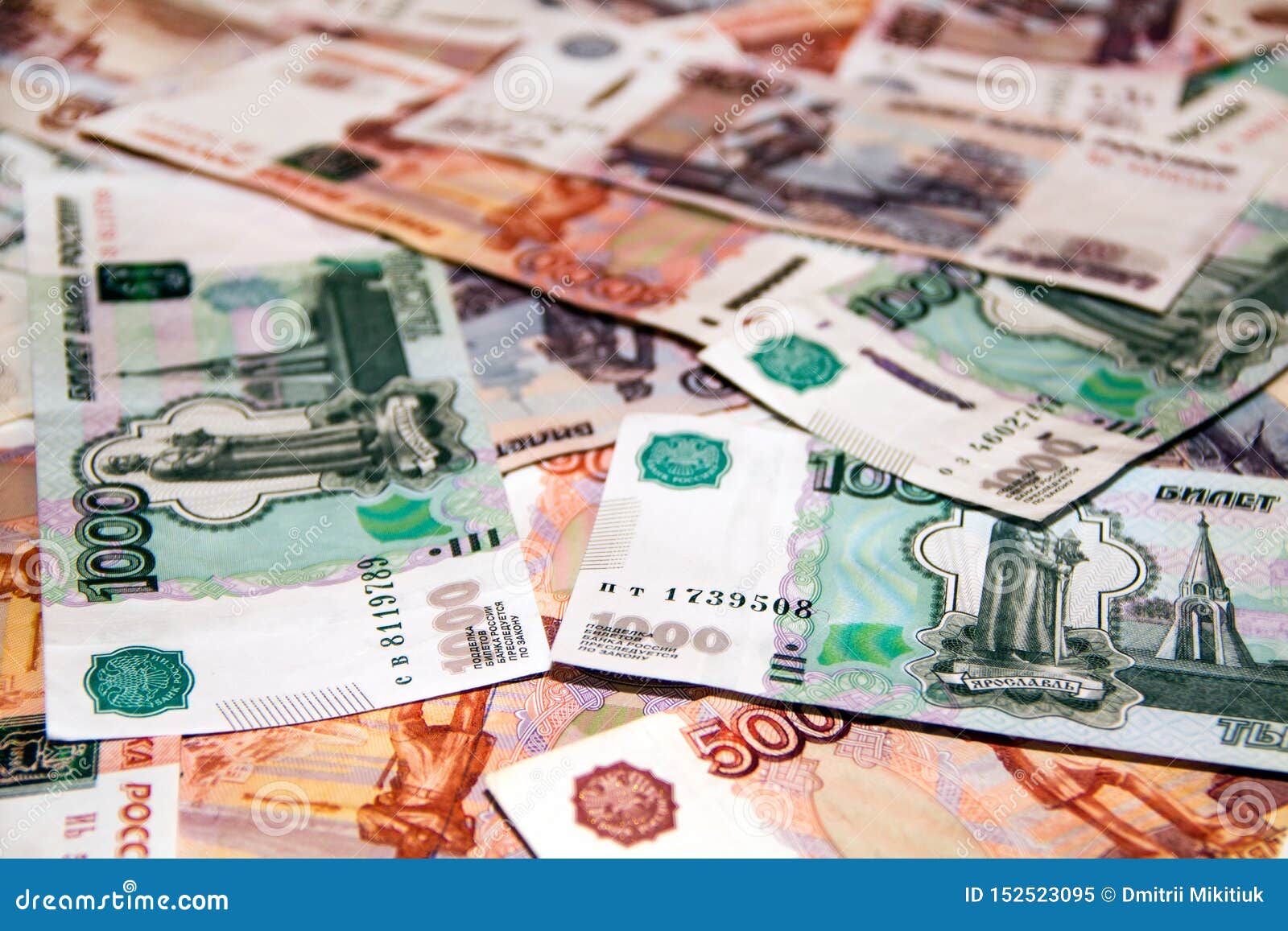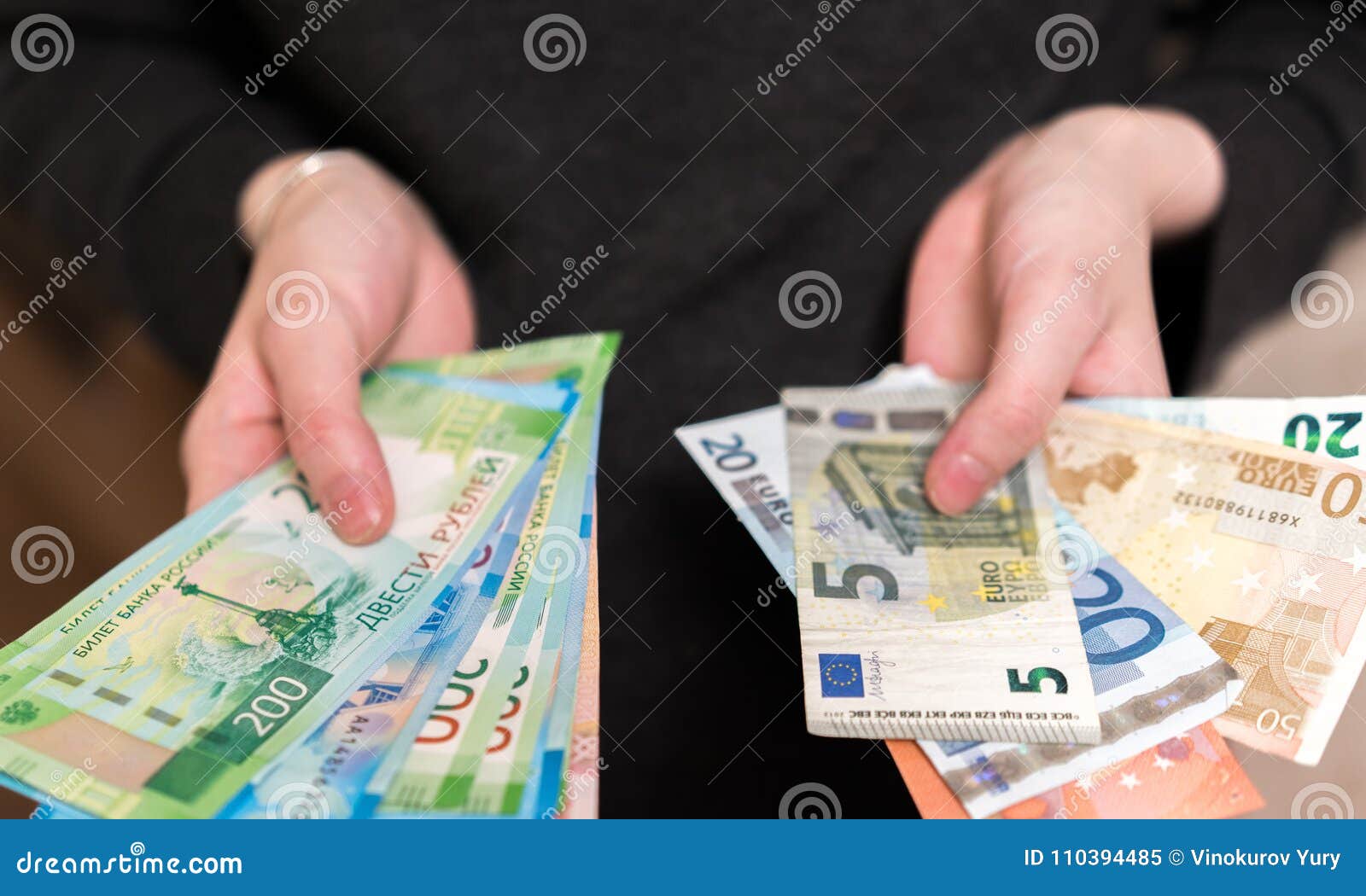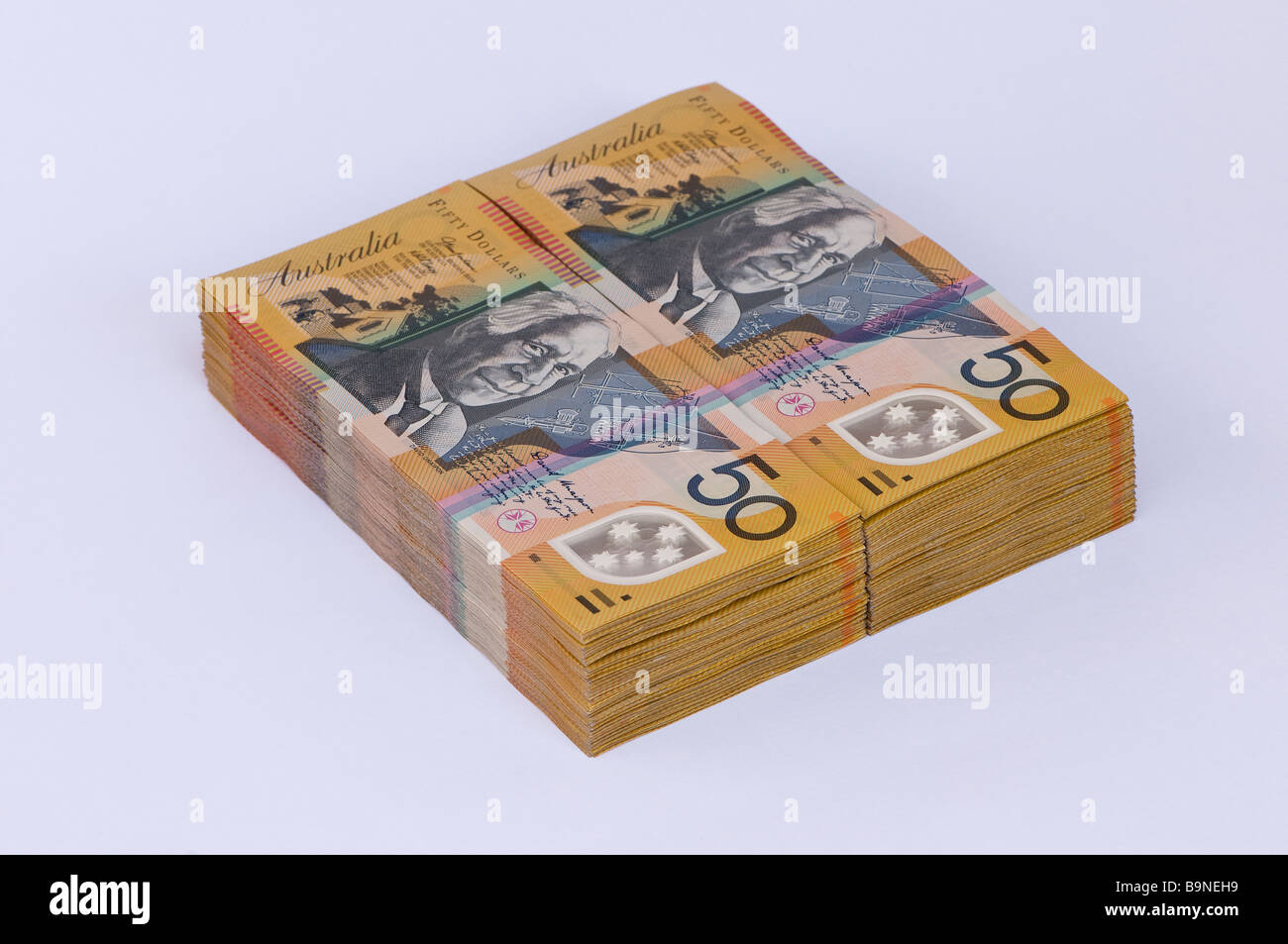
To solve this problem, in 1925-1927 the government had gold coins minted bearing the image of Nicholas II. In the early 1920s the Soviet Union faced an unexpected challenge: Strictly opposed to the new communist regime, Western countries refused to accept payment for goods in the form of coins with Soviet symbols. During the entire Soviet period from 1917 to 1991, the card system was introduced four times - to deal with an acute shortage of food. The new hard ruble lasted just six years before the market rate of the ruble was canceled and money was replaced by cards for bread, meat and other essentials. To stabilize the situation, in 1924 the USSR introduced a new Soviet currency backed by gold. For example, in 1917, 100 rubles would buy $9, but by 1923 the same sum was worth only $0.00004. The ruble depreciated by more than 50 million times in the space of just five years. Silver ruble, 1534:Īfter the overthrow of the monarchy in 1917, civil war and the policy of "war communism" led to most severe hyperinflation in the history of the Russian currency. 8, 1786, the conversion from rubles into dollars in the 16th and 17th centuries is not possible. What could be bought with 100 copper rubles in 1666? What would 100 Soviet rubles buy you in 1920s? Read on to find out. With this in mind, Russia Beyond has composed a five-century retrospective of the ruble, revealing the story of the country’s long quest to modernize its monetary system and acquire a stable currency, as well as showing the purchasing power of the ruble over the course of the last 500 years – as measured against the U.S. Of course, changes in oil or gold prices are not the only factors that provoke the ups and downs of currencies, and we should not forget the attendant economic and political factors.
RUSSIAN CURRENCY RATES SERIES
Since world oil prices are not known for their stability and are prone to sudden changes – along with world gold prices – it is no great surprise that in the 20th century the ruble endured six monetary reforms, eight redenominations and a series of cases of hyperinflation, when it lost more than 200 percent of its value in just a couple of years. It has been backed by silver, copper, gold, and since the mid-1970s, when Soviet drilling platforms began to produce vast quantities of oil, has become a “petrocurrency”, directly dependent on the value of the black gold. The Russian ruble has generally followed the trends of world monetary history. For the last 40 years, the cost of money, as well as the frequency of its issue, depends on the state of the economy, market expectations and decisions taken by a country’s central bank. By the end of the 19th century, gold had become the clear winner in the battle for the role of key currency backer.Ĭenturies later, however, in the 1930s, the world gradually began to abandon the gold backing of currencies, and in the early 1970s, the "gold standard" was abolished completely.

RUSSIAN CURRENCY RATES FULL
Compare Standard and Premium Digital here.Īny changes made can be done at any time and will become effective at the end of the trial period, allowing you to retain full access for 4 weeks, even if you downgrade or cancel.Starting from the 13th century, governments of different countries measured their national currency in terms of its real equivalent value in either copper, silver or gold. You may also opt to downgrade to Standard Digital, a robust journalistic offering that fulfils many user’s needs. If you’d like to retain your premium access and save 20%, you can opt to pay annually at the end of the trial.

If you do nothing, you will be auto-enrolled in our premium digital monthly subscription plan and retain complete access for $69 per month.įor cost savings, you can change your plan at any time online in the “Settings & Account” section. For a full comparison of Standard and Premium Digital, click here.Ĭhange the plan you will roll onto at any time during your trial by visiting the “Settings & Account” section.

Premium Digital includes access to our premier business column, Lex, as well as 15 curated newsletters covering key business themes with original, in-depth reporting. Standard Digital includes access to a wealth of global news, analysis and expert opinion. During your trial you will have complete digital access to FT.com with everything in both of our Standard Digital and Premium Digital packages.


 0 kommentar(er)
0 kommentar(er)
